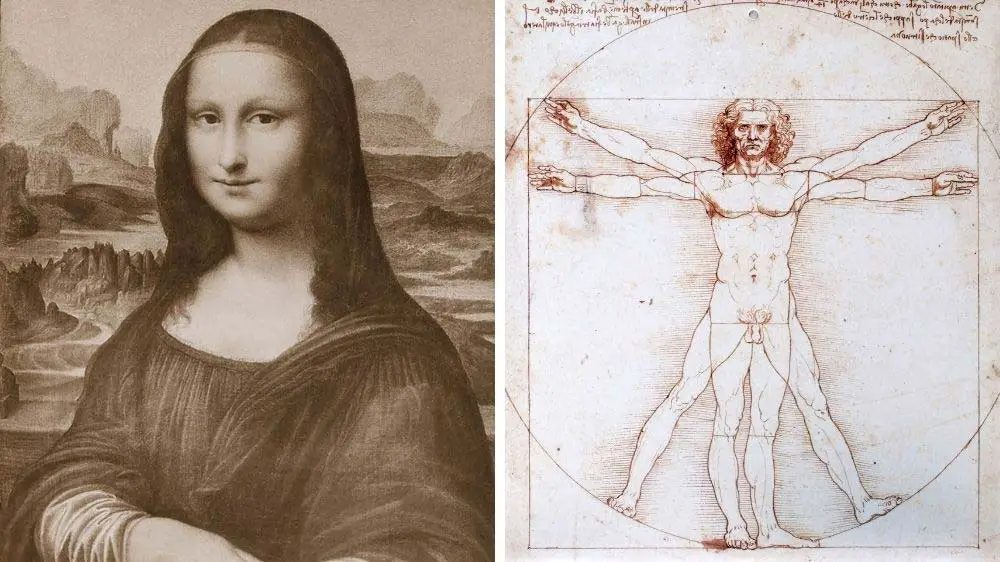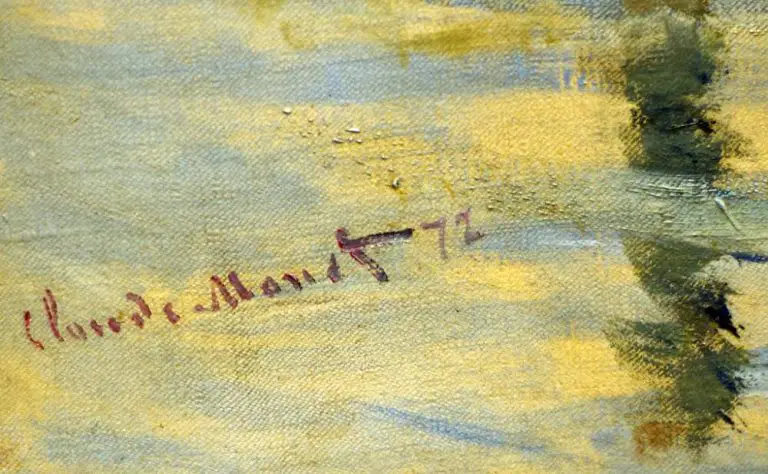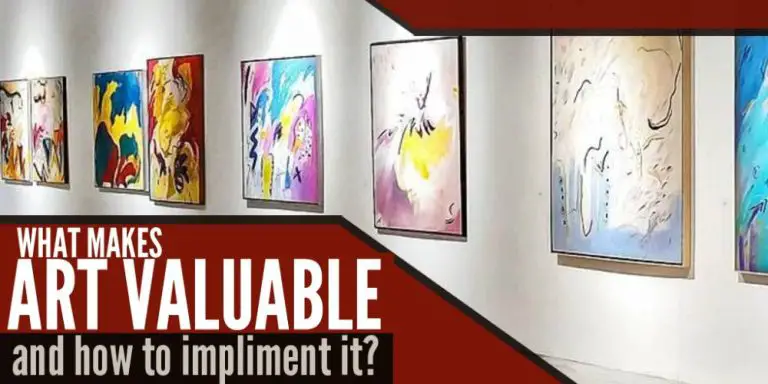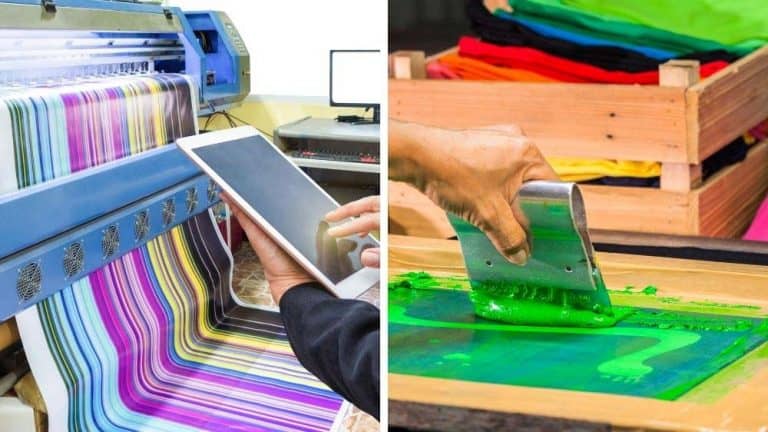Artists vs Scientists (Similarities & Differences)
What do Pablo Picasso and Albert Einstein have in common? How could there be any relation between the biggest scientific breakthroughs in history and the world’s most impressive and celebrated works of art? When you compare the minds of artists vs scientists, you may be surprised at some of the similarities and differences between them.
The great artists and scientists throughout history share the common trait of curiosity. Scientists and artists look at the world with a “thirst for knowledge” and strive to understand how it works. Scientists rigorously test their theories, while artists express their worldview in a physical piece of art.
In other words, both artists and scientists travel a similar path of initial free thought, until they get to the point of taking action. It’s at this point that the path splits, with a scientist following a specific set of rules and rigorous testing to get to their destination of understanding.
The artist, on the other hand, follows a different path where the rules either don’t exist or are largely ignored, and expression becomes the ultimate form of understanding.

(This article may contain affiliate links and I may earn a commission if you make a purchase)
Artists vs. Scientists: Great Minds Thinking Alike
While many onlookers might glance at the fields of art and science, and dismiss them as totally different, there is a core connection that links them together.
They both have an inquisitive mind.
What needs to be done? How and why are we, as humans, here? Now that we are here, what is to be done next? These core concerns have prompted eons of art and scientific research. When you listen to artists and scientists speak, they tend to sound very similar in many ways.
More so than that, an awful lot of the greatest scientists have dabbled with art on more than one occasion! Artists have also taken an interest in science, with examples of this emerging as early as Leonardo DaVinci.
That’s not to say that there are no differences. Scientists place a heavier focus on objective measurement to map out the material world, whereas artists tend to focus on the more abstracted qualities of emotionality and expression.
In this article, we are going to break down the core similarities operating at the base of science and art, while considering the respective differences along the way.
Artists and Scientists: The Differences
First off, let’s consider the main differences between the two professions before diving into the similarities.
Rules and Form
The central difference between art and science comes down to the modern attitude to rules and form.
Modern science, in general, seeks to reevaluate and shore up the centuries of research that leads us to our current conception of the material world.
When new knowledge disrupts or recasts our current framework of knowing, science does not overhaul, or radically shift its base rules but instead adapts them more carefully.
Modern art makes nearly as many discoveries in terms of form and aesthetics, but is more prone to radical shifts and often turns away from tradition – at least in the most popular art forms.
(For an example of divergent art forms, take a look at my article: Pop Art vs. Cubism: What’s The Difference?)
This is not to say that all artists operating in the modern era throw away tradition – just that high-profile examples tend to. When we see modern artists on the news, they tend to not be making incremental advances in the field’s knowledge like scientists seem to. They may, in fact, be making a radical turn in another direction altogether.
Theories of Knowledge
“Theory of knowledge” is an academic term used to describe the different ideologies at work around knowledge. Namely, it focuses on systems of knowledge – how and why it is used.
The word science comes from the Latin “scientia” – which meant “knowledge”. As such, science as a theory of knowledge approaches it in terms of acquisition. When it shifts and changes its methods and ideas, it is done for the purpose of obtaining greater knowledge.
On the contrary, art comes from the Latin “ars”, meaning “skill or craft”. The technical prowess of an artist is about the application of knowledge to accentuate human expression.
One could succinctly summarize the distinction between artists and scientists as one of method. Scientists use everything within their power to obtain knowledge and use what they accrue to further that goal even more.
Artists, on the other hand, are more concerned with the authentic expression of knowledge. Be it a work-time doodle to express your wandering mind, or a testament to God on the Cistene Chapel ceiling – all of the knowledge art acquires goes back into figuring out new ways of expression.
Unsurprisingly, even though they stand distinct from each other in their use of knowledge, the two fields of science and art overlap massively. This obsession with knowledge from two different ends often means that artists and scientists thought process is more alike than you might think.
Are Artists and Scientists Really That Different?
Despite being shown as very different in popular culture, artists and scientists have loads of similarities. In addition to an overwhelming curiosity, artists and scientists also share the trait of creativity. While they might each have a different creative process, the kernel of a creative idea stems from the same place.
In fact, there are many examples of famous artists who were also scientists, as well as scientists that embraced their artistic creativity through the use of art.
Scientific Artists
The single most famous painting of all time is The Mona Lisa. This was painted by Leonardo DaVinci, who was also a leading inventor at the time. Back in DaVinci’s day, the distinction between artist and scientist was not really as clear-cut as it is now, and he led the charge as an artistic scientist.
DaVinci’s work was often wondrous, speculative, and innovative, but it pertained to both the expression of his accrued knowledge and the testing of that knowledge through experimentation.
Obviously, the concept of “art” is not limited to pretty paintings or sculptures alone. One of the world’s most famous guitarists, Queen’s Brian May, is also trained as an astrophysicist. In fact, the lead guitarist has consulted with NASA on their New Horizons probe project (source).
What we can see from this is that the typical artist/scientist binary is relatively unfounded when we trace both pursuits back to their origins.
The reason that artists make such good scientists is that the unbridled originality of creation really helps aid the innovation that science requires.
Artistic Scientists
It will probably not surprise you now to learn that many high-profile scientists use art as an outlet too!
According to the greatest scientist of the millennium, Albert Einstein, “arts and sciences are branches of the same tree”. Moreover, he thought that with art, the human brain would “intuitively recognize them as something meaningful”.
Einstein was an avid musician and was reported to say that he would have dedicated his life to music had he not had a scientific calling. If we think of art in its classical Latin form, the notion of a “skill” or “craft” applies well to science.
Honing one’s investigative, scientific method is incredibly similar to the years of mastery you require when becoming a great artist. This is what Einstein was saying in his tree analogy, these different vocations might differ in content, but they all stem from the same basic pursuit.
Conclusion – Branching Out
In conclusion, it seems to be that the leading artists and scientists in the world do not really differentiate the professions. My theory is that since art and science come from the same place initially (curiosity and creativity), it is the academic paths, artificially created in modern days, which have caused them to diverge in the minds of modern society.
As an example, in school, you either get a degree in science OR a degree in art, not both. Even the art department and the science department are located in completely different areas of most college campuses.
It therefore might help artists and scientists, as well as the entire world, if some of the thought barriers put up between the arts and the sciences came crumbling down. After all, they’re just different branches of the same tree.








